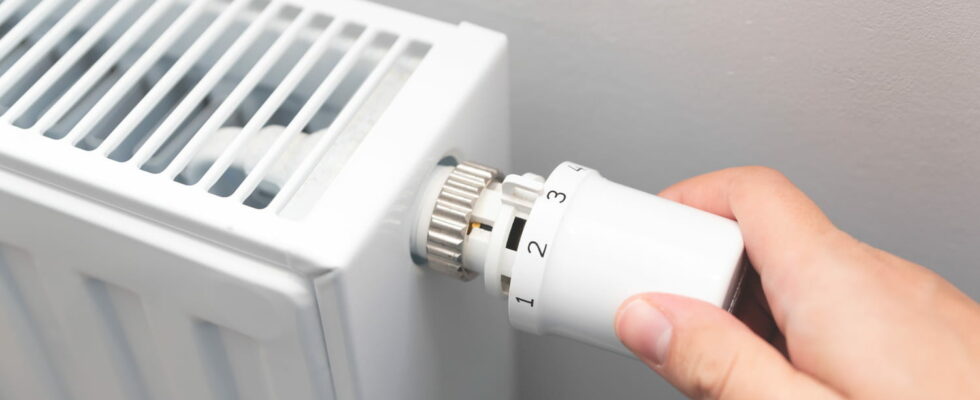Few people know the correct meaning of the numbers on radiators. Yet using them correctly can save money on the heating bill.
When the cold arrives, radiators become essential allies in keeping your home warm. But do you really know what the numbers on your radiators mean and how to use them to optimize your energy costs? Misunderstanding these settings can lead to wasted energy and unnecessary increases in your bills. Here are some explanations to better understand these figures and adjust your consumption effectively.
Many of us turn the knobs on our radiators when the chilly weather arrives, without really knowing what those little numbers represent. They’re not just there to look pretty, they’re on what are called Thermostatic Radiator Valves (TRV) which are numbered one to five, but contrary to popular belief, they do not reflect the temperature of the radiator himself. They sense the temperature in the room, then adjust the heater to make the room as warm as you want it to be.
Radiators with numbered thermostats do not regulate heat like a simple “hotter” or “colder” button. These numbers, often ranging from 1 to 5, do not represent a precise temperature in degrees Celsius, but rather a range of ambient temperature that one wishes to achieve. Here’s a rough match to give you an idea:
- *: frost protection, approximately 6 degrees;
- Between 0 and 1: 12 degrees;
- 1: approximately 15°C (minimum temperature, for rarely used rooms);
- 2: 17 degrees (perfect for hallway, entryway);
- 2/3: around 17-19°C (perfect for a bedroom).
- 3: Around 18-20°C (ideal for living rooms such as the living room).
- 4: 22 degrees (for the bathroom)
- 5: maximum level, temperature above 22°C (adapted to specific needs but very energy intensive).

When you choose a number, the thermostat takes care of maintaining this temperature by automatically adjusting the intake of heat. Once the temperature is reached, the heater reduces or stops its operation temporarily to save energy. There is no need to turn the tap for the radiator to heat up, it will turn back on automatically as soon as the temperature in the room drops.
Be careful not to make some common mistakes. You should not “force” the heating. Many people think that by setting the thermostat to 5, the room will heat up faster. This is false. The setting influences the target temperature, not the heating rate. Such a practice only increases consumption once the temperature is reached.
You should also not completely turn off the radiators. Turning off a heater can cause the room to cool excessively. Warming a frozen space uses more energy than maintaining a constant, moderate temperature.
Also remember to adapt the temperature to each room. A bathroom requires more heat than a bedroom. Adjust each radiator according to the use of the room to avoid overheating unnecessarily.
